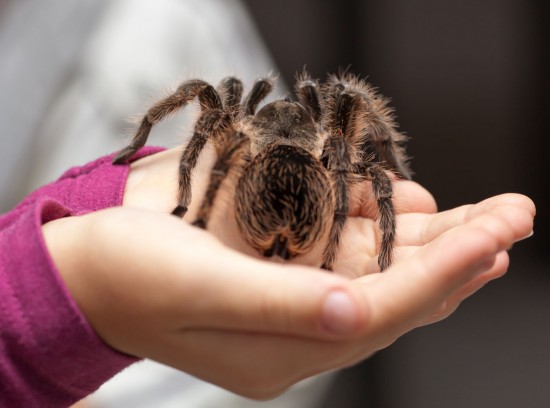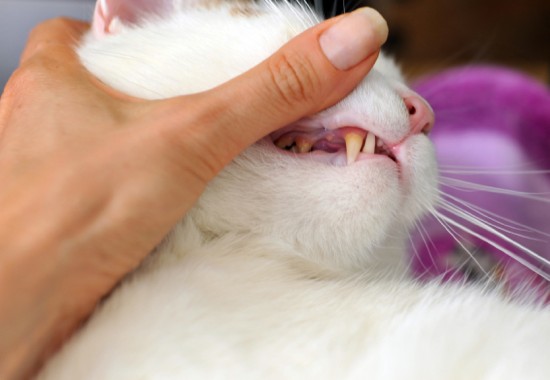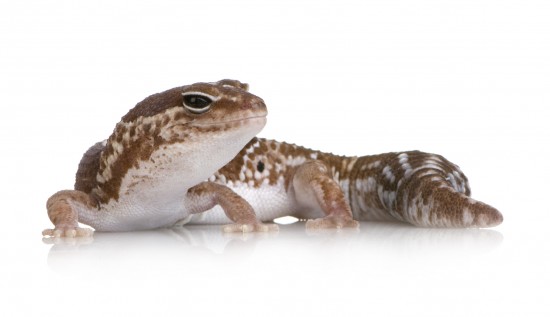

To most people, the idea of having insects or spiders in their house, much less willingly, is something of an alien concept! However, to many other people, keeping a spider or insect as a pet can seem like a fascinating idea, and one that holds a lot of potential appeal. Insects and spiders fall into the animal grouping known as “invertebrates,” which is the designation given to huge variety of animal species from all over the world that do not have a vertebral column, or backbone. It is one of the largest animal groupings, and takes into account literally millions of different animals, almost every species except from mammals, birds, reptiles, fish, and amphibians.
Many different types of invertebrates can be kept as pets, and some of the most commonly kept “inverts” (a colloquial or shortened term for “invertebrates”) within the UK include stick insects, hissing cockroaches, praying mantis, millipedes, and of course the ever-popular tarantula. Invertebrates do not take up much space, nor require a huge amount of maintenance compared to other pets such as cats, dogs and caged animals. They do not require taming and handling (in fact, it is often recommended that pet invertebrates should be handled as little as possible) and are often fascinating to watch.
Nevertheless, invertebrates of every type have some fairly unique care requirements and special attention to be given to their housing, security, interaction with people and feeding, and are not a pet that should be considered a good pick simply to show off or to look cool.
Generally, people who are considering their first pet invertebrate are fairly clear as to what kind of invert they would like to own, or have at least got as far as deciding between a spider and an insect. The best rule of thumb to follow with narrowing down the choice is to pick a species that is both relatively easy to care for and hardy enough to survive under the care of a beginner, and also one that is known to be either docile or not dangerous to their handlers. While invertebrates can be both educational and interesting to children, children should not, as a general rule, handle or be over all responsible for the care of any invertebrates, both for their own protection and that of the animal.
Whatever form of invertebrate you are considering buying, it is wise to double check beforehand if there are any rules and regulations regarding their ownership, particularly in the case of venomous invertebrates.
 Help, How Can I Stop My Cat From Fighting - Cat Aggression
Help, How Can I Stop My Cat From Fighting - Cat Aggression
 Are Some Breeds Of Dog More Susceptible To Cancer Than Others?
Are Some Breeds Of Dog More Susceptible To Cancer Than Others?
 Signs That Your Dog Needs To Be Seen At an Animal Hospital
Signs That Your Dog Needs To Be Seen At an Animal Hospital
 Dental Problems In Cats
Dental Problems In Cats
 Caring For An African Fat Tailed Gecko
Caring For An African Fat Tailed Gecko
 Why And How To Decide Who Would Keep The Dog If Your Relationship Broke Up
Why And How To Decide Who Would Keep The Dog If Your Relationship Broke Up
 Arthritis In Cats And Dogs
Arthritis In Cats
Arthritis In Cats And Dogs
Arthritis In Cats
 Five Of The Worst Reasons For Considering Getting A Dog
Five Of The Worst
Five Of The Worst Reasons For Considering Getting A Dog
Five Of The Worst
 Why Do Dogs..? Part One
Why Do Dogs..? Pa
Why Do Dogs..? Part One
Why Do Dogs..? Pa
 A quick guide to the simple process of transporting pets to Singapore
A quick guide to the simple process of transporting pets t
A quick guide to the simple process of transporting pets to Singapore
A quick guide to the simple process of transporting pets t
 Obesity In Cats
Obesity In Cats
Obesity In Cats
Obesity In Cats
Copyright © 2005-2016 Pet Information All Rights Reserved
Contact us: www162date@outlook.com